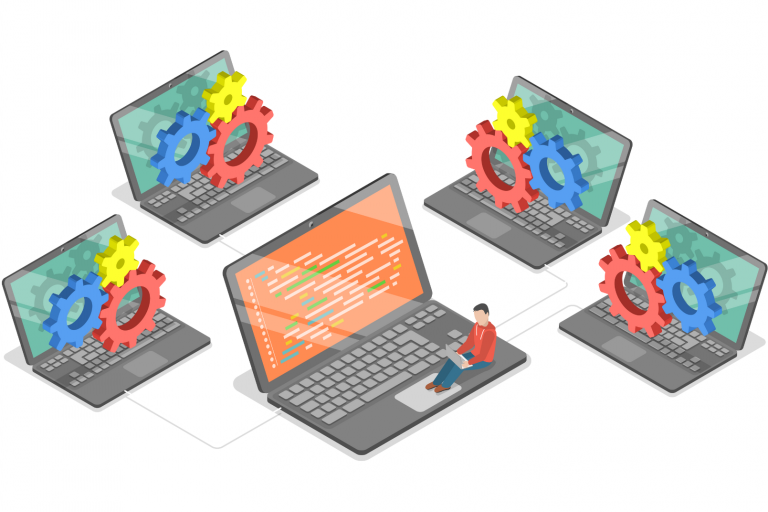
Microsoft Fabric is a platform designed to streamline data engineering processes and enhance collaborative efforts. While it offers a range of features from environment configuration to Git integration, integrating it into an existing environment can present several challenges. Here are the main hurdles organizations need to navigate:
Deployment

One of the primary challenges is dealing with complex or fragmented deployment configurations. You may even have separate processes for different areas or departments within your company. Microsoft Fabric provides a robust set of tools for creating, configuring, and using environments, but the sheer number of options and settings can be daunting. Organizations must carefully plan their deployment strategies to ensure that the Fabric environment aligns with their existing systems and workflows. This is where an evaluation of current processes can provide benefit BEFORE adopting Fabric into your environment.
Training

Another significant challenge is the training requirement for developers. Microsoft Fabric’s capabilities are extensive, and developers need to be well-versed in its features to make the most of the platform. This often means investing time and resources into comprehensive training programs. With the proper training during the initial phases of integration, the early adopters can get started quickly and provide internal education and support for later enthusiasts.
Legacy Systems

Migrating existing legacy systems is also a considerable challenge. Organizations often have established systems that are integral to their operations, and migrating these to a new platform like Microsoft Fabric requires meticulous planning and execution. The migration process must be managed to minimize disruption to ongoing operations and ensure data integrity.
Is it Worth It?

Despite these challenges, integrating Microsoft Fabric offers compelling benefits:
- Enhanced data engineering tasks
- Improved collaboration
- Strategic insights that drive business decisions
- Potential competitive edge in respective industries
To successfully navigate the integration challenges:
- Understand the platform’s features and how they align with your current systems.
- Plan your deployment carefully, analyzing what, who, and when to integrate.
- Invest in training for your developers and support staff.
- Manage your legacy system migration with precision to minimize operational impact.
With the right approach, these challenges can be overcome, paving the way for a more efficient and collaborative data engineering environment.
For more information on creating, configuring, and using an environment in Microsoft Fabric, reach out to Collective Intelligence for advice and assistance.
https://www.collectiveintelligence.com/microsoft-fabric-training/